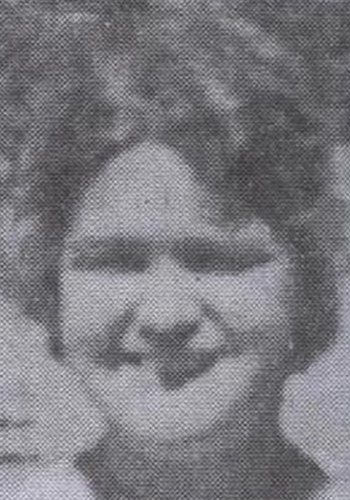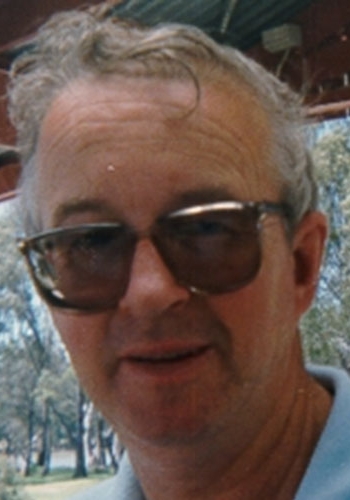Coronial process
A guide to the process and how the coronial system works.
When a person is missing under accidental, unexplained, or suspicious circumstances, and there is belief the person may be deceased, the case may be referred to the Coroner. Police may refer the case to the Coroner to ascertain whether there are alternate avenues of enquiry as part of the investigative process.
Similarly, families can request a case is referred to the Coroner’s Office for the purposes of a death certificate, or as a review of the police investigation to identify potential new avenues of enquiry.
Some States and Territories are required to report all outstanding missing person cases to the Coroner once they reach a certain date/timeframe. Talk to your case officer regarding the process in your state.
Once a matter is referred to the Coroner’s Office, the Coroner will decide how the coronial will be conducted. This may include deciding whether an inquest is required or whether the Coroner can make a finding (without inquest) based on information provided by the investigating police.
The Families and Friends of Missing Persons Unit (FFMPU) has created a guide to coronial services in NSW for families and friends of missing people. Although this is a NSW specific guide, it also provides a detailed overview of the general process.
What is a Coronial Inquest?
A Coronial Inquest is a formal hearing in a courtroom concerning the death or suspected death of a person. The inquest is led by the Coroner to gather more information about whether a death has occurred, and if so, the cause and circumstances of the death.
An inquest is unlike other court cases, and is different for every case. It is an inquisitorial process rather than adversarial. In other words, an inquest is not a trial, with a prosecutor and a defendant, but an inquiry led by the Coroner that seeks to find out why the event occurred (and how).
It is not the role of the Coroner to determine guilt or lay blame for a suspected death.
The Coronial Process
In most circumstances, the Coroner’s role is to review suspicious and accidental deaths; to identify the person who has died and to find out how their death occurred, including the cause and circumstances.
When the case is referred to the Coroner by police, the matter is referred in the form of a report which outlines the facts in relation to the missing person’s case. The Coroner may ask you and/or others to give evidence at court as a witness. You may also have the opportunity to ask questions of witnesses and may choose to do this through a solicitor, family representative, or a Coronial Advocate.
After the Coroner has reviewed and heard all the evidence, he or she will write a finding. In a missing person’s case, the Coroner firstly has to make a finding in respect of whether, on the balance of probabilities, he or she believes the missing person is deceased. If the Coroner isn’t satisfied that the person is deceased, the matter may be referred back to police for further investigation.
If the Coroner finds the person is deceased, based on the information provided, the family can request a death certificate via application to the Department of Births, Deaths, and Marriages in their State or Territory (see section 33 for contact information). Based on this finding, the active police investigation into the missing person’s disappearance will cease, however the case will remain ‘open’ until the remains of the person are found. Police will always hold records of the case as new information may come to light ‘down the track’ to resolve the case.
It is up to you—the family—to decide whether you want your loved one to continue being profiled through the national missing person’s register at missingpersons.gov.au. Noting, where there is a strong suspicious of foul play and police are pursuing offenders, State and Territory police may recommend the missing person is profiled with the leading line “Do you have information” or “What happened to me”, versus “Have you seen me”.
An open finding means there is a lack of evidence to conclude whether the person is alive or has died. In these circumstances, current investigations will either continue or cease until further evidence is obtained, depending on the individual circumstances surrounding a person’s disappearance.
Further information by juristiction
Each State and Territory has produced infomation to assist families navigating the coronial process please see below for links to find out further infomration on your local coronial court.
ACT Coroners Court brochure (3.5 MB)
NSW Coroners Court brochure (650 KB)
Northern Territory Coroners Court website
South Australian Coroners Court broucher (4.4 MB)
Tasmania Coroners Court website
Victorian Coroners Court website
Western Australia Coroners Court website




